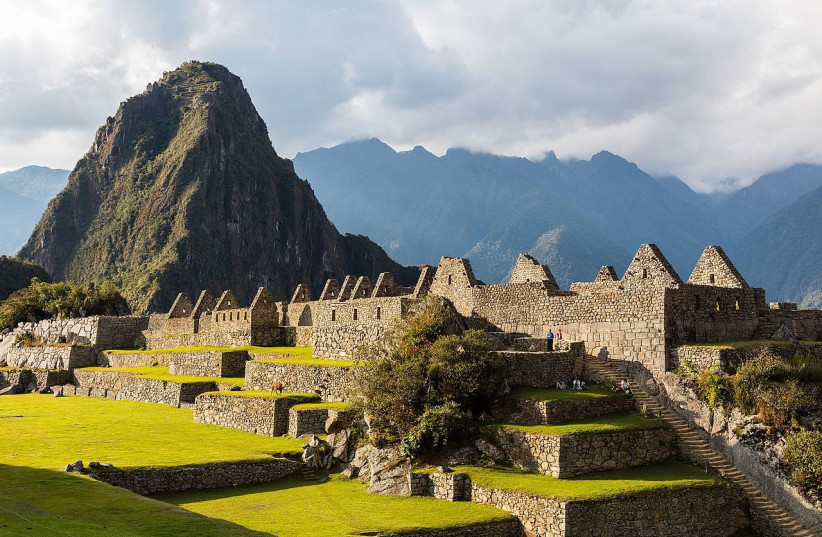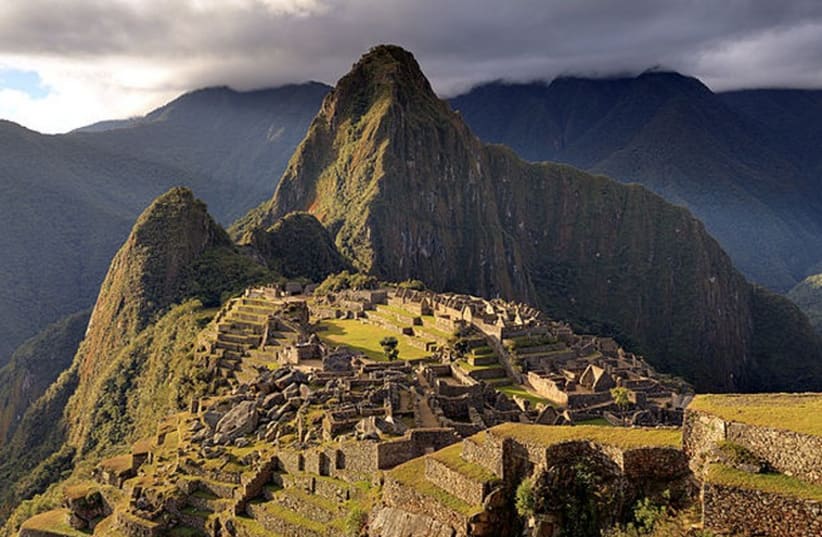Machu Picchu is one of the world’s most recognized archaeology sites – but we may have actually been calling it by the wrong name all these years.
So contends a study recently published in Ñawpa Pacha: Journal of Andean Archaeology by historian Dr. Donato Amado Gonzales from the Ministry of Culture of Peru (Cusco) and archaeologist Brian S. Bauer from the University of Illinois Chicago.
This misnaming of the site may all be due to an initial misunderstanding of the local place names, they said.
“Revisiting known information can reveal new aspects of Machu Picchu and its discovery, as well as on its builders and the role of the site in the Inca Empire,” the researchers said.
Amado Gonzales specializes in the early colonial history of Cuzco and, as an archaeologist, Bauer specializes in the growth and expansion of the Incas. Over the years, the two independently found evidence that Machu Picchu was originally called Huayna Picchu. Realizing they were working on the same topic, they decided to work together and combine their database.
“This type of misnaming happens very frequently,” noted Bauer. “We would not suggest that the name be changed since Machu Picchu is known worldwide. However, this research does provide new information about the Incas as well as about the discovery of the site.
“A rose by any other name...” may be still a rose, "but knowing the original name is important for those who study the site, the Incas, and the early colonial period in Peru.”

Their study follows the 1990 research by Andean scholar John Rowe, who was the first to use archival documents to argue that "Machu Picchu" was a misnomer.
The researchers reviewed original field notes belonging to American explorer Hiram Bingham, who in 1911 was the first to publicize the existence of the Inca fortress city in the mountains of Peru – as well as early 20th century maps of the region, and centuries-old Spanish land documents from different archives.
They concluded that the original Incan name for the city was most likely Huayna Picchu (young mountain), after the rocky summit nearest to the site and not Machu Picchu (old mountain), which is the name of the highest peak near the ancient city. The names are Quechua, the main language family used at the time of the Incas, and still spoken by millions in the Peruvian Andes.
“The results uniformly suggest that the Inca city was originally called Picchu, or more likely Huayna Picchu, and that the name Machu Picchu became associated with the ruins starting in 1911 with Bingham’s publications,” they said in their paper.
Bingham arrived in Cusco in early July 1911, hoping to identify the location of two cities, Vitcos and Vilcabamba, from which the Inca led a nearly 40-year long war of resistance against the Spaniards.
The explorer reached the overgrown ruins of the city led by local indigenous farmers who had told him about its existence.
The researchers note that it is well documented that people knew about the ruins before Bingham. Two farming families lived beside the ruins at the time of his first visit and Bingham was guided to the site by Melchor Arteaga, a tenant farmer who lived on the valley floor and who had been to the ruins at least once before. In addition, local explorers Enrique Palma, Agustín Lizárraga and Gavino Sanchez recorded their visit to the site in 1902.
The researchers deduced from Bingham’s field notes that he decided to call the ruins Machu Picchu based on information provided by his guide, Arteaga, but this may have been due to a misunderstanding between them about the place names.
Earlier, before Bingham left Cusco to search for the remains, he had been told of ruins called Huayna Picchu along the Urubamba River by landowner Adolfo Quevedo. According to documents reviewed by the researchers, Quevedo’s son also told Bingham in 1912 that the ruins were called Huayna Picchu.
The researchers also noted that a 1904 atlas published seven years before Bingham arrived in Peru also mentions the existence of ruins of an Inca town called Huayna Picchu.
According to Bauer, the most definitive connections to the original name of the Inca city are preserved in accounts written by Spaniards relatively soon after the region came under their control in the late 16th century, when the indigenous people of the region were considering returning to reoccupy the site which they called Huayna Picchu.
“While negative evidence is never as fulfilling, it is intriguing that we know of no reference to an Inca city called Machu Picchu before news of Bingham’s visit exploded across the world in 1912,” the researchers wrote in their report.
“In short, while Bingham suggested that the name of the fantastic ruins that he brought to the world’s attention was “lost in the shadows of the past” it is of some comfort that continued research is beginning to pierce those shadows and provide insights into the name and history of that city.”
Natan Rothstein contributed to this article.
